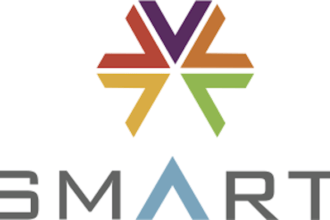In the healthcare sector, information is vital to improving clinical outcomes and saving lives. This is the reason why institutions are always focused on improving documentation processes. After all, these processes are the cornerstone of delivering quality care, enhancing workforce efficiency, and optimizing available resources.
As healthcare innovation ramps up at the heels of the COVID-19 pandemic, hospitals are investing heavily in clinical documentation improvement as a means to stay current with the demand for better quality care as well as improve clinical reimbursements. How exactly should hospitals and clinics approach the need to improve documentation processes? Here are a few important ways to keep in mind:
Procuring the right tools
Technology is integral in clinical documentation improvement. In fact, it is impossible to separate one from the other. Presently, practitioners and hospital administrators can leverage automation and machine learning for analyzing and ensuring the accuracy of patient information. This leaves little room for error which, in turn, improves the bottom line. It is for this reason that healthcare organizations are embracing custom EHR software, AI coding assistants, and practice management software to reduce workloads while improving outcomes.
Investing in education
Considering the fact that clinical documentation improvement is technology-driven, it is vital for a healthcare organization to equip their staff with the skills and knowledge that they need to handle documentation software and other tools. There needs to be a training program that not only prepares employees for handling these tools but also helps them adapt to innovations. The field of clinical documentation is evolving and clinicians should stay up-to-date with the latest tech.
Defining best practices and standards
If there is a need to audit existing documentation processes, you will need to compare your current guidelines with industry standards. Are your workflows straightforward or is there a need to clarify certain components? What data do your employees typically gather? How should they take notes, secure records, and convert physical files into digital formats? It is important to assess how your organization gathers, analyzes, and utilizes critical data so you will have a good idea of what it is you need to improve down the line. You need to refer to best practices and determine where you should go from there.
Ensuring collaboration among staff
The most critical part of clinical documentation is translating raw data into insights that support decision-making. For this, your documentation processes should be relevant to employees based on their specialties. Collaboration is also integral along these lines since clinicians need to share information in order to make informed decisions. It is also imperative for staff members to review documentation processes regularly, analyze the quality of patient records, enhance data security, understand new developments as they occur, and identify documentation issues that eat into the organization’s revenue.
Clinical documentation is crucial to modern healthcare facilities and organizations should always aim for continuous improvement. Indeed, this is only a matter of understanding new technology and how it can benefit the bottom line as much as it can benefit patients.









